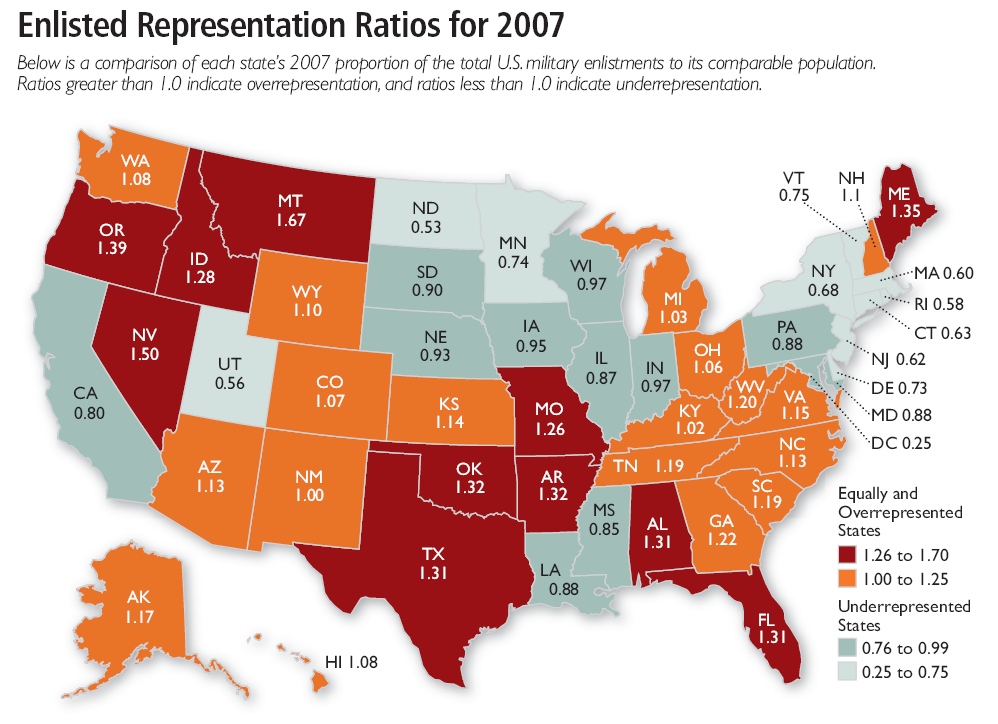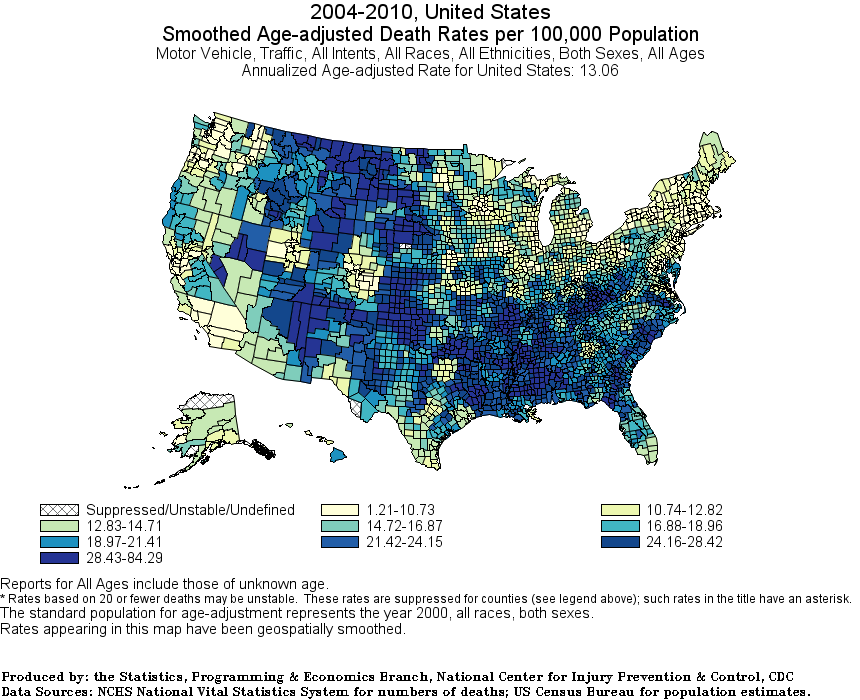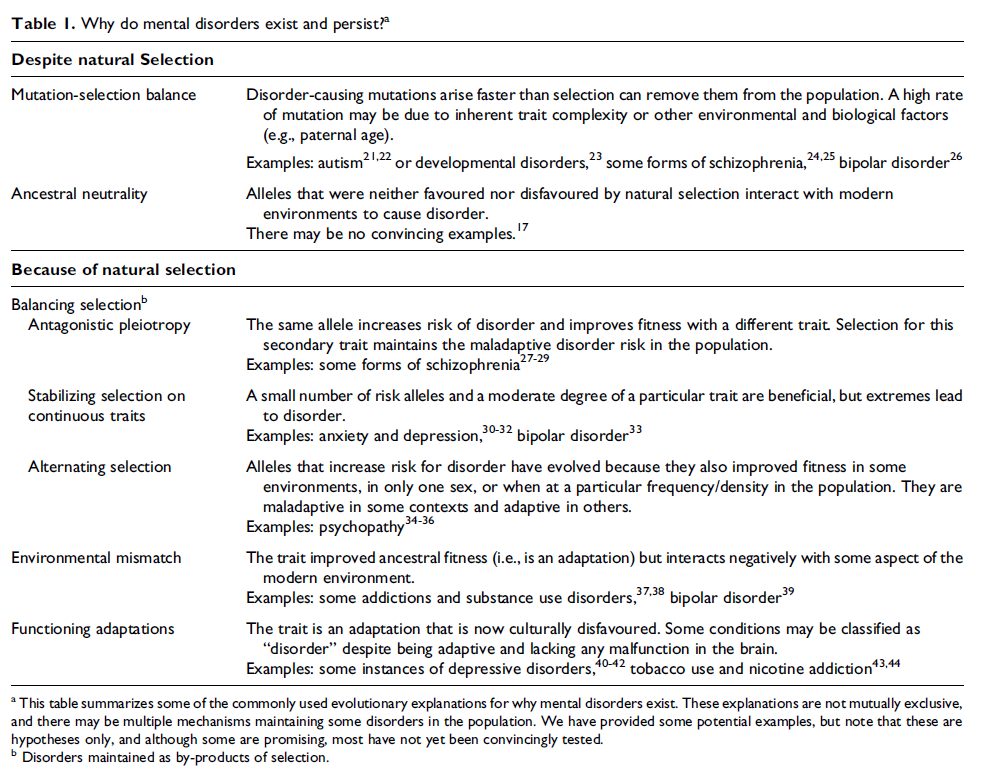The time has come for a review post on the laws of behavioral genetics. I will talk about why these laws are laws and why they are important. Eventually, this will be merged into my Behavioral Genetics Page, but for now, I will start with this primer.
The five laws of behavioral genetics are:
- All human behavioral traits are heritable
- The effect of being raised in the same family is smaller than the effect of the genes.
- A substantial portion of the variation in complex human behavioral traits is not accounted for by the effects of genes or families.
- A typical human behavioral trait is associated with very many genetic variants, each of which accounts for a very small percentage of the behavioral variability.
- All phenotypic relationships are to some degree genetically mediated or confounded.
All are simple. All can be said in one sentence. Yet all are incredibly profound and terribly underappreciated in today’s society.
For most of the history of the laws, there were only three. The first three were coined by Eric Turkheimer (who has since spent his time trying to undermine his own discovery). Recent genomic studies have added the fourth (Chabris et al, 2015). And Emil Kirkegaard has proposed the fifth based on multivariate behavioral genetic studies. Allow me to review the five laws and their everyday significance.
First Law: All human behavioral traits are heritable.
Derivation:
- Identical twins raised apart will be similar ‚Äď and usually highly similar in every conceivable measurement
- More generally, behavioral and other phenotypic similarity is predicted by genetic similarity for all behaviors and phenotypes, across all human relations, regardless of environmental circumstances. That is, identical twins are more similar than fraternal twins or full siblings, who are more similar than half-siblings, who are more similar than first cousins, and so on ad infintum.
This is underappreciated because this means that all human characteristics, including the things we feel are products of “free choice” or “free will” are infact heavily dependent on genetic forces. This includes life circumstances, such as where and how you live ‚Äď even how you grew up. Free will doesn’t exist. Political, religious, and moral views are themselves partly enshrined in the genes. This (or, more specifically, additive heritability) is responsible for continuity within families and within social and ethnic groups. And this is why human societies and behavioral quirks persist, resistant to change.
Second Law: The effect of being raised in the same family is smaller than the effect of the genes.
Derivation:
- Identical twins raised apart are no less similar than identical twins raised together
- Non-related individuals reared together are no more similar than random strangers
- More generally, people growing up together are no more similar than you’d expect from their genetic relationship alone
Also under appreciated, the Second Law talks about the “shared environment” ‚Äď parents, peers, schools, neighborhoods ‚Äď all the things children growing up in the same household share. The effect of all those things on any behavioral trait or other phenotype is nil. Zip. Zilch. Nada. Zero. All the things people (especially in the modern West) think matter to children’s development have no effect at all. This includes expensive schools, nice homes, strict discipline, religious indoctrination ‚Äď none of it matters. No adult outcome shows any effect of shared environment, this includes criminality, marital stability, income, adult happiness, and substance abuse (though note, educational attainment seems to be affected by shared environment, but even here, the effect of education goes away when you look at income). It just doesn’t matter. This strikes squarely against popular belief, making the second law the most vehemently denied of them all.
Third Law: A substantial portion of the variation in complex human behavioral traits is not accounted for by the effects of genes or families.
Derivation:
- Identical twins (even raised together) are in fact far from identical and differ in significant ways
- In general, there will be variance left over once genes and shared environmental effects are accounted for
Identical twins may have different handedness, have different fingerprints, and indeed, can differ in criminal history (such as perpetrating a mass shooting).
More poignantly, identical twins can (and in fact, in cases where at least one is gay, usually do) differ in sexual orientation.
Twins differ substantially for cancer incidence ‚Äď despite having very similar lifestyle habits, indicating that these factors don’t do as much as many think.
 RSS
RSS



































 Why this vitriol? Donald Trump was always a talked-about and sometimes controversial figure, but no more so than most celebrities. There were always people who didn’t like him, but few really hated him. But now it seems certain people definitely do hate Trump. Indeed, he has now become the Great Satan in many people’s eyes, and comparisons to Adolf Hitler are common. Why?
Why this vitriol? Donald Trump was always a talked-about and sometimes controversial figure, but no more so than most celebrities. There were always people who didn’t like him, but few really hated him. But now it seems certain people definitely do hate Trump. Indeed, he has now become the Great Satan in many people’s eyes, and comparisons to Adolf Hitler are common. Why?
















 Please see my
Please see my 


